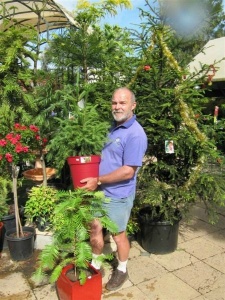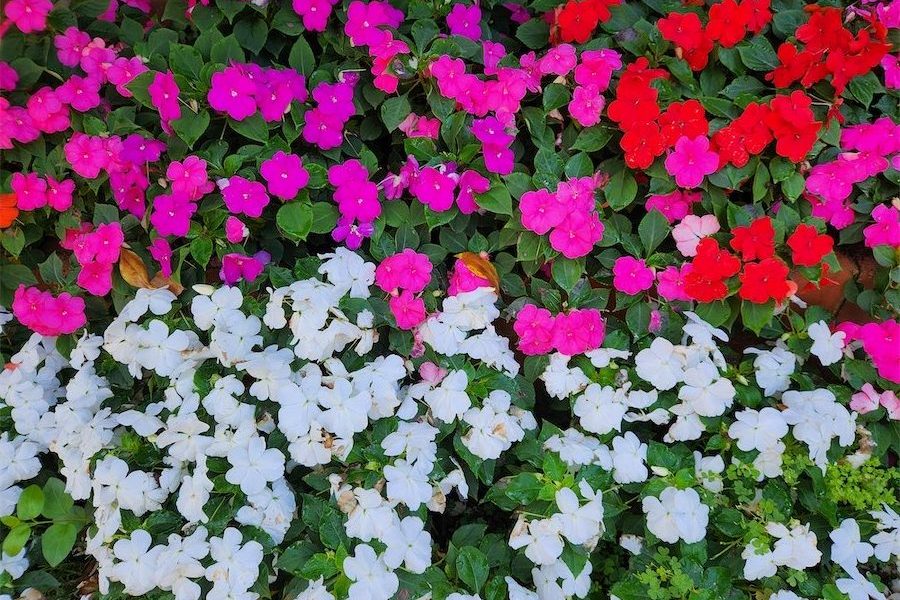
CHRISTMAS trees are a firm part of festive season decorations. While many people buy artificial trees, there is a still a large demand for real trees. Traditionally conifers are used, in particular Picea abies the Norwegian Spruce.
There are many stories attached to the first use of these trees at Christmas, real and mythical. The first use of conifers at Christmas originated in Germany about 1520 AD and the Christmas tree first appeared in Britain when Prince Albert of Saxony, husband of Queen Victoria, erected a decorated tree at Windsor Castle in 1841.
From then on it rapidly gained in popularity. In the US alone, 35-40 million real Christmas trees are sold every year. Here we have an alternate tree with an Australian flavour, namely the Wollemi Pine. The Heritage Nursery at Yarralumla has a great range of Picea abies, and Wollemi pines from 40cm-50cm high to super advanced 150cm-200cm.
THE word Christmas is from the Old English “Cristes Maesse” or Mass of Christ. Many traditions date back to pagan times and some were adopted by the early Christians to suit their case.
The other time-consuming activity is the sending of Christmas cards, which started in Victorian England, although Christmas letters were being sent.
In 1843, Sir Henry Cole, a businessman, asked artist John Calcott Horsely to print some cards for his clients. One thousand were printed in black and white and coloured in by hand.
Incidentally, Cole updated the postal system, perhaps to speed the delivery of his cards and the start of the Penny Post, the first postage stamps. Plants were features of many Christmas cards, more so than snow, Father Christmas and reindeer.
MISTLETOE, different to our environmental weed that grows on eucalypts, has been used since the Druids. Today the girls either stay close to the mistletoe hung from a high point in the room at this time of the year or stay well away, as a kiss under it symbolises acceptance and reconciliation.
Holly also features large at Christmas. It is said that holly, with its sharp edges, symbolises the crown of thorns worn by Jesus at his crucifixion with the red berries representing blood.
Ivy is still an important part of Christmas decorations as with holly epitomises in the carol “The Holly and the Ivy”.
WE slavishly follow the Americans in so many things, including the use of poinsettias with their brilliant red bracts as Christmas table decorations.
I would rather see some of our great Aussie flowers used with equally bright red flowers. Another alternative, if you have a Fejoa sellowiana or Pineapple Guava growing, the bright red flowers are absolutely stunning as the photo illustrates and is in flower at present.
In addition, they have delicious fruit plus they make a great hardy evergreen hedge with their grey-green leaves, a great gift suggestion. I can also imagine these flowers as a Christmas table centrepiece.
IF you are really stuck on ideas, a gift voucher from your local garden centre is perfect or a copy of the latest “2011 Canberra Garden” published by the Horticultural Society of Canberra.
Prepare the garden
BADEN Powell, of Boy Scouts’ fame, said “Be Prepared”. Excellent advice when it comes to gardening at this holiday time.
Is it going to be a scorcher while you are on holidays and find everything shrivelled on your return? There are many things you can do to help your garden survive:
-
Arrange for a reliable friend or neighbour to check on your garden (and house). If possible, make it easier for watering with outdoor pot plants by moving them into one spot.
-
Place a thick mulch around the top of outdoor pots to reduce evaporation. Lucerne hay or sugar cane straw are ideal.
-
If you have an automatic watering system, tell your garden carer all about it and have them check it regularly. Anything mechanical can fail!
[box]Lucky Doug
Doug Thompson, of Campbell, is the lucky winner of three of the gardening books I reviewed recently. [/box]
Who can be trusted?
In a world of spin and confusion, there’s never been a more important time to support independent journalism in Canberra.
If you trust our work online and want to enforce the power of independent voices, I invite you to make a small contribution.
Every dollar of support is invested back into our journalism to help keep citynews.com.au strong and free.
Thank you,
Ian Meikle, editor




Leave a Reply